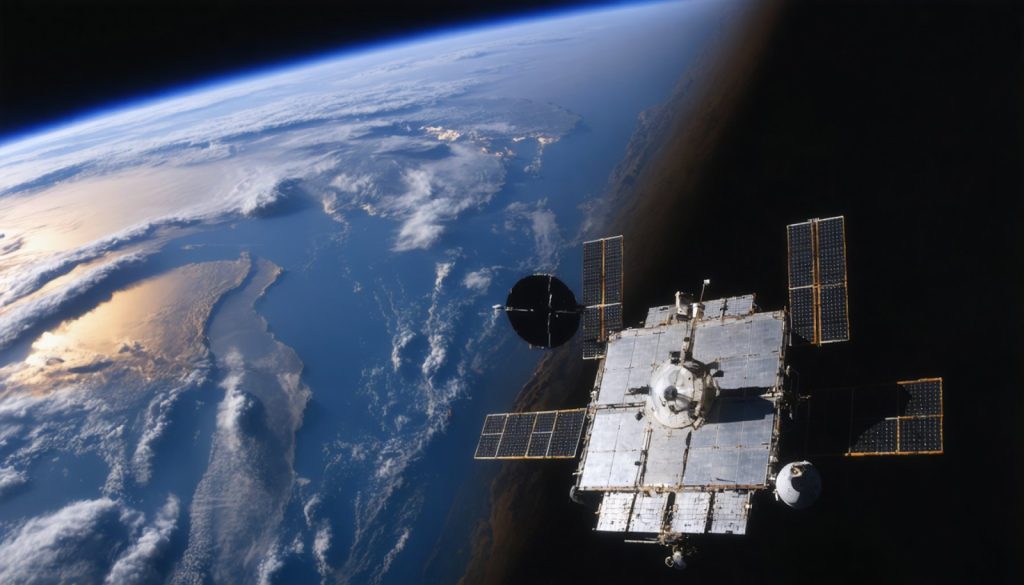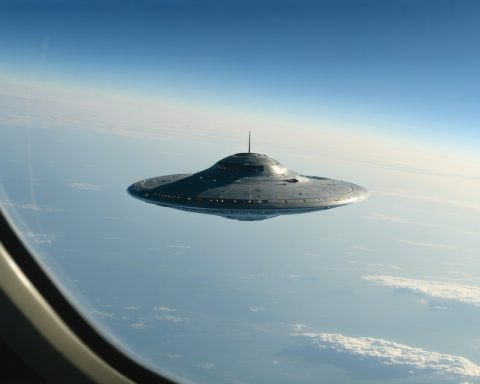Stars - Page 5
Stars are luminous celestial bodies composed predominantly of hydrogen and helium, undergoing nuclear fusion to produce light and heat. They are fundamental components of galaxies and can vary significantly in size, mass, temperature, and brightness. Stars form from clouds of dust and gas, known as nebulae, in space. Over time, these clouds collapse under gravity, initiating the fusion process that powers the star.The lifecycle of a star includes several stages: it begins as a protostar, evolves into a main-sequence star, and eventually progresses to stages such as a red giant or supernova, depending on its mass. Smaller stars, like our Sun, end their lives as white dwarfs, while massive stars can explode as supernovae, enriching the surrounding space with heavier elements.Stars are categorized into different types based on their spectral characteristics, temperature, and brightness, such as main-sequence, giant, supergiant, and dwarf stars. They play a critical role in the universe, influencing the formation of planets and providing the energy necessary for life on Earth. In addition to their scientific importance, stars also hold cultural significance, inspiring navigation, mythology, and art throughout human history.
















